The Virtual Health Influencer Market has experienced significant growth due to increasing consumer interest in health and wellness, coupled with the rise of social media platforms that facilitate influencer marketing.
In this competitive landscape, numerous brands are leveraging virtual health influencers to promote dietary supplements, fitness programs, and mental wellness products. The market's dynamism is fueled by the evolving healthcare paradigm.
Individuals seek personalized health advice and inspiration from relatable figures rather than traditional healthcare providers. As a result, the nature of competition is characterized by digital savviness, engagement techniques, and the ability to build trust within their audiences.
This makes it essential for players in this space to differentiate themselves through unique content strategies and community-building efforts. HealthifyMe stands out in the Virtual Health Influencer Market due to its innovative use of technology combined with engaging influencer partnerships.
The company has effectively integrated data-driven insights with influencer marketing, enabling personalized health solutions that attract a diverse client base. With a strong emphasis on user engagement, HealthifyMe has flattened barriers between health seekers and fitness influencers, offering a seamless experience through a user-friendly app.
Its strengths lie in the ability to create content that resonates with audiences while promoting practical health tips and solutions. This strategic positioning allows HealthifyMe to maintain a competitive edge, ensuring it remains a go-to solution for those seeking guidance in their health and wellness journeys.
The brand's credibility is reinforced through various collaborations with health professionals, making it a trusted leader in the market.
Dusky, operating within the Virtual Health Influencer Market, focuses on a unique niche by targeting specific demographics, particularly younger audiences interested in holistic wellness approaches. The brand’s influencer-centric marketing strategies foster an intimate connection with users.
They emphasize relatable content that addresses various lifestyle and health challenges. Dusky is characterized by its emphasis on inclusivity and diversity, cultivating an online community where individuals feel seen and heard.
This approach not only strengthens brand loyalty but also enhances the effectiveness of its virtual health influencers in delivering tailored advice and lifestyle tips. Dusky's presence in the market is further buoyed by engaging collaborations with micro-influencers.
This allows the brand to tap into niche audiences and generate authentic conversations around wellness. Through a continuous focus on trends and community engagement, Dusky maintains relevance in the competitive landscape of virtual health influencers, appealing to a generation that values personal connection and genuine influence in their health-related choices.


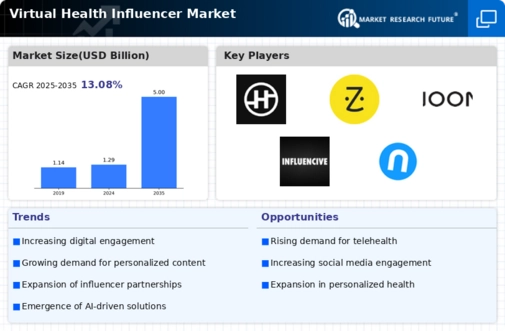
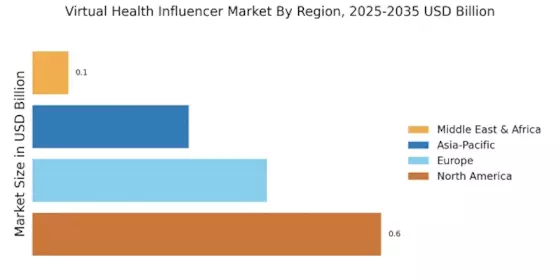

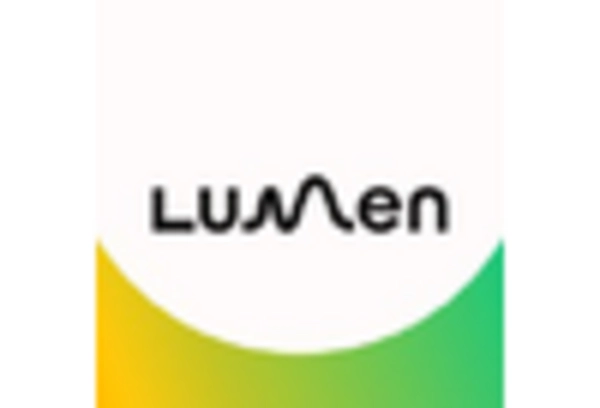
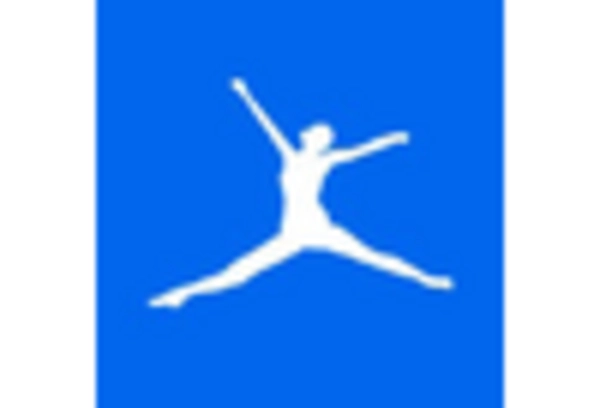


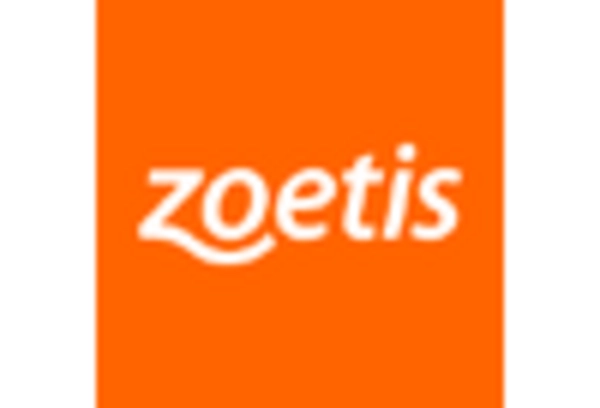








Leave a Comment